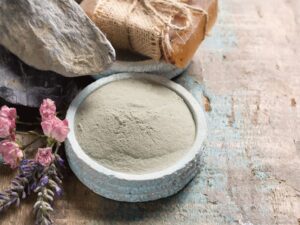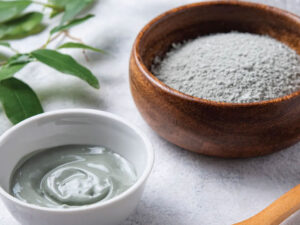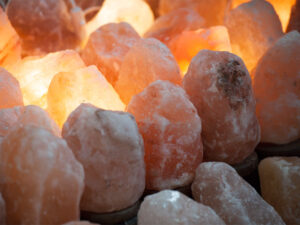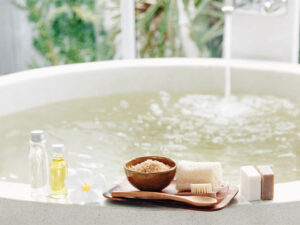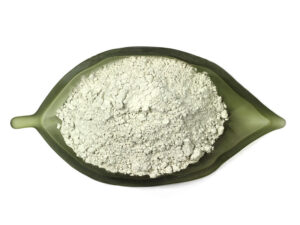Introduction
In the world of soap making, the quest for the perfect ingredients to create a luxurious and effective product never ceases. One such versatile ingredient that has gained popularity among soap makers is kaolin clay. Kaolin, a naturally occurring mineral, has a wide range of uses in various industries, and when it comes to soap making, its benefits are undeniable. In this article, we will delve into the myriad uses of kaolin in soap making and how it can elevate the quality of your handmade soaps.
The Origins of Kaolin
Before we dive into its uses, let’s start by understanding the origins of kaolin. Named after the Kao-Ling mountain in China, where it was first discovered, kaolin is a soft, white clay that is rich in the mineral kaolinite. It has been used for centuries in various applications, including skincare and pottery.
The Role of Kaolin in Soap Making
Gentle Exfoliation
Kaolin clay’s finely powdered texture makes it an excellent natural exfoliant for soap. When incorporated into soap formulations, it helps remove dead skin cells gently, leaving the skin looking fresh and rejuvenated.
Skin Detoxification
One of the key benefits of kaolin clay is its ability to detoxify the skin. It absorbs excess oil and impurities, making it an ideal choice for those with oily or acne-prone skin. Incorporating kaolin into your soap can help promote clearer, healthier skin.
Enhancing Texture
Kaolin clay lends a silky, smooth texture to soap bars. This enhances the overall feel of the soap, making it a pleasure to use. The addition of kaolin can elevate your soap from ordinary to extraordinary.
Natural Coloring
Kaolin clay is naturally white, making it an excellent choice for achieving a pure and natural white color in your soap. It serves as an alternative to artificial colorants, ensuring a clean and appealing appearance for your soap products.
Improved Lather
Soap enthusiasts appreciate a rich and creamy lather. Kaolin clay can help enhance the lathering properties of your soap, creating a luxurious bathing experience.
Read More: Wikipedia
Incorporating Kaolin into Soap Recipes
To create a basic kaolin clay soap, you’ll need:
- 400 grams of olive oil
- 200 grams of coconut oil
- 100 grams of palm oil
- 100 grams of shea butter
- 90 grams of sodium hydroxide
- 200 grams of water
- 2 tablespoons of kaolin clay
- Essential oils for fragrance (optional)
Read More: Bentonite
Here’s a step-by-step guide to making your kaolin clay soap:
Step 1: Safety First
Before you begin, ensure you’re wearing safety goggles, gloves, and working in a well-ventilated area. Safety is paramount when working with sodium hydroxide.
Step 2: Mixing the Lye Solution
Carefully mix the sodium hydroxide with water, stirring until fully dissolved. Allow the solution to cool.
Step 3: Preparing the Oils
Combine olive oil, coconut oil, palm oil, and shea butter in a large pot. Heat gently until the oils melt, then remove from heat and let it cool to around 110°F (43°C).
Step 4: Combining the Ingredients
Pour the lye solution into the pot with the oils. Use a stick blender to mix until the mixture reaches trace – a consistency resembling thin pudding.
Step 5: Adding Kaolin Clay
Add two tablespoons of kaolin clay to the soap mixture and blend until fully incorporated.
Step 6: Fragrance (Optional)
If desired, add a few drops of your favorite essential oils for fragrance.
Step 7: Molding and Curing
Pour the soap mixture into molds and allow it to cure for at least 4-6 weeks before use. This ensures the soap hardens and becomes milder on the skin.

Conclusion
Kaolin clay is indeed a versatile wonder in the world of soap making. Its gentle exfoliating properties, skin detoxification abilities, and other benefits make it a valuable addition to your soap recipes. Whether you’re a seasoned soap maker or just starting out, experimenting with kaolin clay can lead to delightful and skin-friendly results.


